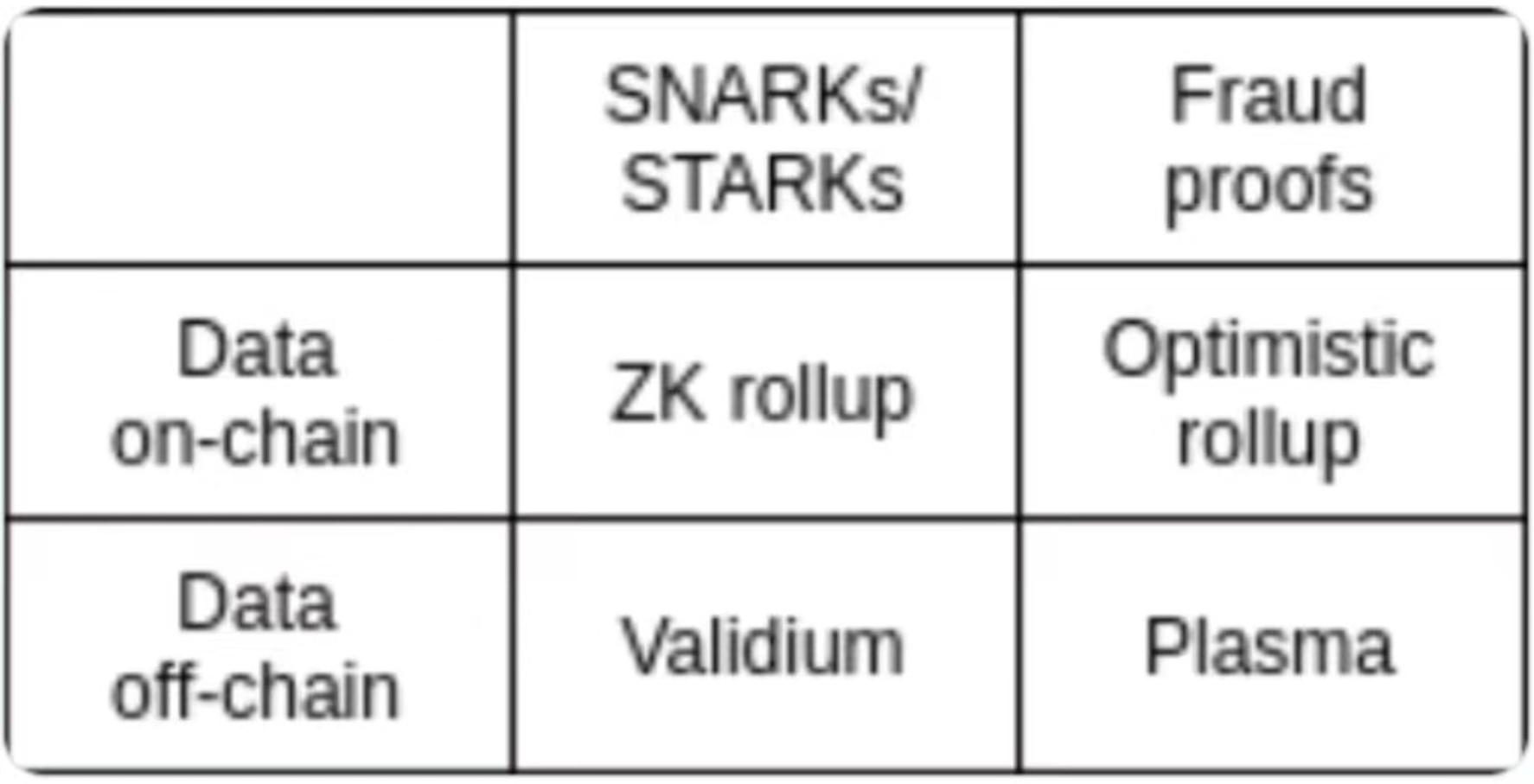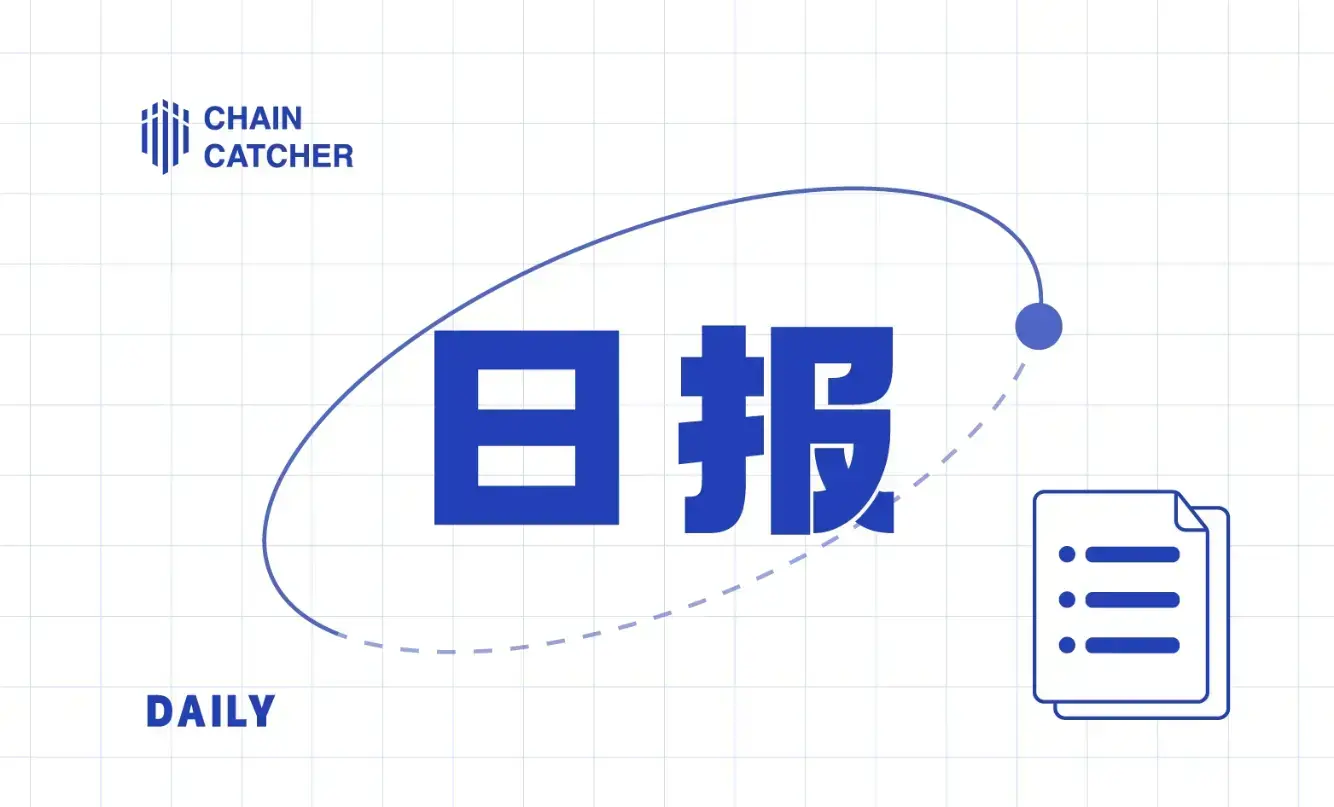CoinMix Global Research: Can the zkRollups camp emerge as a dark horse?
Preface:
After a surge in user activity, Ethereum is facing issues such as on-chain congestion and high fees. On the roadmap, the Ethereum team has chosen to use Rollups as a scaling solution.
However, not all Rollup solutions are the same. At the beginning of 2021, the popular Polygon faced some community departures due to origin issues, while other Rollup mechanisms mainly include Optimistic Rollups and zkRollups (zero-knowledge proof mechanisms). The following will primarily introduce the zkRollups mechanism.
In the field of zkRollups, Matter Labs and StarkWare are competing with each other. Matter Labs has launched zkSync1.0 and zkSync2.0, while StarkWare has StarkEx and StarkNet.
Before understanding these solutions, let's first look at the principles of Rollups themselves.
As a scalability solution for Ethereum, Rollups can bundle and compress transactions through their own network and send them to the Ethereum chain for verification. By verifying multiple transactions on the network at once, the operational efficiency of the network is increased, thereby increasing the number of executable transactions and achieving scalability.
By executing multiple transactions at once, Rollups can improve the long-criticized TPS issue of Ethereum, increasing the number of executable transactions from 15 to 3000 while maintaining the security of Ethereum itself.
Regarding the differences between Optimistic Rollups and zkRollups, the first is that zkRollups can combine privacy with the solution through zero-knowledge proof technology, allowing one party to prove something to another without revealing the information of the proving party, thus achieving privacy. However, not all zkRollups utilize the privacy attributes of zero-knowledge technology.
At the same time, compared to L1, zkRollups have a stronger economy of scale. As L1, Ethereum generally does not welcome an increasing number of users due to its cost and processing speed, while for zkRollups, more transaction users will further reduce the network's usage costs, achieving the original goal.
Next, we will outline the zk camp.
1. StarkWare Camp:
1) StarkEx
StarkWare launched the StarkEx solution around June 2020, supporting general smart contracts. Application developers can deploy using the various advantages brought by zkRollup, while users can also enjoy an experience similar to ETH.
Currently, StarkEx has processed approximately 43 million transactions, and with extensive use of its network applications, the transaction speed of the StarkEx network has exceeded 9000 TPS, with transfer speeds reaching over 18000 TPS. Compared to Ethereum, StarkEx's scalability has increased nearly 600 times.
StarkEx also provides the SHARP feature, which allows Rollup transaction batches from multiple applications to be aggregated into a single transaction batch and published to Ethereum at once. However, due to the limitations of Rollups deployed on Ethereum, the transaction fees of StarkEx's own transaction batches are also affected by ETH's limitations. To address this issue, the project team has introduced a new mechanism system called Validium, which can provide lower costs for applications and users deployed on this system.
Unlike zkRollups, which place data availability on-chain, Validium places data availability off-chain, thus providing conditions for further increasing transaction throughput.

In terms of application deployment, dYdX, Immutable X, DeversiFi, and Sorare have all been shortlisted. However, dYdX chose the zkRollup model (on-chain data availability), while DeversiFi, Immutable X, and Sorare chose the Validium model (off-chain data availability).
Compared to zkRollups, Validium has cheaper transaction fees. After adopting the Validium model, Immutable X has $0 gas fees for minting and trading NFTs, while minting and trading NFTs on Ethereum ranges from $20 to $50. Similarly, DiversiFi built on Validium also has $0 transaction fees.
2) StarkNet
In addition to StarkEx, which has a Validium mode, StarkWare has also launched the next iteration of zkRollup and has already released the Alpha mainnet. The most significant feature of StarkNet is its ability to achieve complete composability of applications, meaning that applications can collaborate and connect with each other. StarkEx does not have the capability for applications to be composable with each other.
Starting from June 2021, StarkNet went live and began supporting general smart contracts, and two months later, it started supporting composability. Moreover, deploying applications on StarkNet does not require permission, so anyone can deploy on the network as long as they use the same compiler.
Applications on StarkNet have expanded from DeFi to infrastructure such as Devtools and Network Tools. As more Dapps are deployed, the interconnectivity of applications in StarkNet is expected to become increasingly frequent.
2. MatterLabs Camp
1) zkSync1.0
The first zkRollup scalability solution from Matter Labs, zkSync, not only has low transaction fees like the aforementioned zkRollups but also features the ability to pay fees with tokens other than a single token on a specific mainnet, allowing for transaction fees as low as $0.2.
So far, the transaction processing volume of the zkSync1 mainnet is around 6 million, with a TVL value of approximately $26 million. Compared to the StarkEx network, zkSync still has significant room for growth in TPS, transaction processing volume, and total locked value. In July of last year, zkSync also added NFT functionality, including minting and trading NFTs.

2) zkSync2.0
As the next killer feature from Matter Labs, zkSync2.0 will gradually support fully composable smart contracts, similar to StarkNet, and the TestNet went live in October 2021. Notably, zkSync's investor Curve Finance was the first to deploy applications on this network. Additionally, zkSync2.0 has introduced the zkEVM TestNet, primarily for deploying ETH smart contracts on zkRollup. Currently, UniSync has completed deployment on this testnet.
As of now, UniSync has surpassed 600,000 transaction processing volumes on the testnet. However, zkEVM is still in a closed testing phase, and if a developer team's application is not on the whitelist, it will not be allowed to participate.
zkSync 2.0 will also introduce zkPorter, similar to the Validium system under StarkEx. This allows zkSync 2.0 users to publish transaction data on zkPorter instead of Ethereum's PoS chain, enabling higher transaction throughput. Since zkPorter transactions are not subject to Ethereum transaction fees, it is expected to become a more cost-effective alternative.
3. Conclusion
In terms of proof mechanisms, although the proof path of zkRollups is superior to that of Optimistic Rollups, if the transaction volume of zkRollups is low compared to the withdrawal time to L1 of Optimistic Rollups, the time required to fill the on-chain block capacity will be longer, meaning that the withdrawal time for zkRollups may need to be extended to several hours.
Returning to the internal dynamics of zkRollups, both StarkWare and Matter Labs are diligently researching Ethereum's zero-knowledge proof scalability mechanism. In terms of security on the StarkNet network, although it cannot compete with the zkSync series, the zkSync series still needs more user influx in terms of transaction processing volume and value locked. While StarkNet is still in the testing phase, the network applications already show a prosperous prototype. Among the currently available zkRollups networks, StarkEx has launched convenient applications such as dYdX, Diversify, Immutable X, and Sorare.
Regarding the composability of general smart contracts, StarkNet may have taken a step ahead; however, the zkSync series has also launched the zkEVM testnet compatible with Ethereum smart contracts. Both have segmented on-chain data availability and off-chain data availability (StarkWare launched Validium, and Matter Labs launched zkPorter) to achieve independence from Ethereum transaction fee limitations.
4. StarkNet Network Application Links
https://starkware.notion.site/Projects-Building-on-StarkNet-a33dee55778a4515a9be9bdae02ee682









